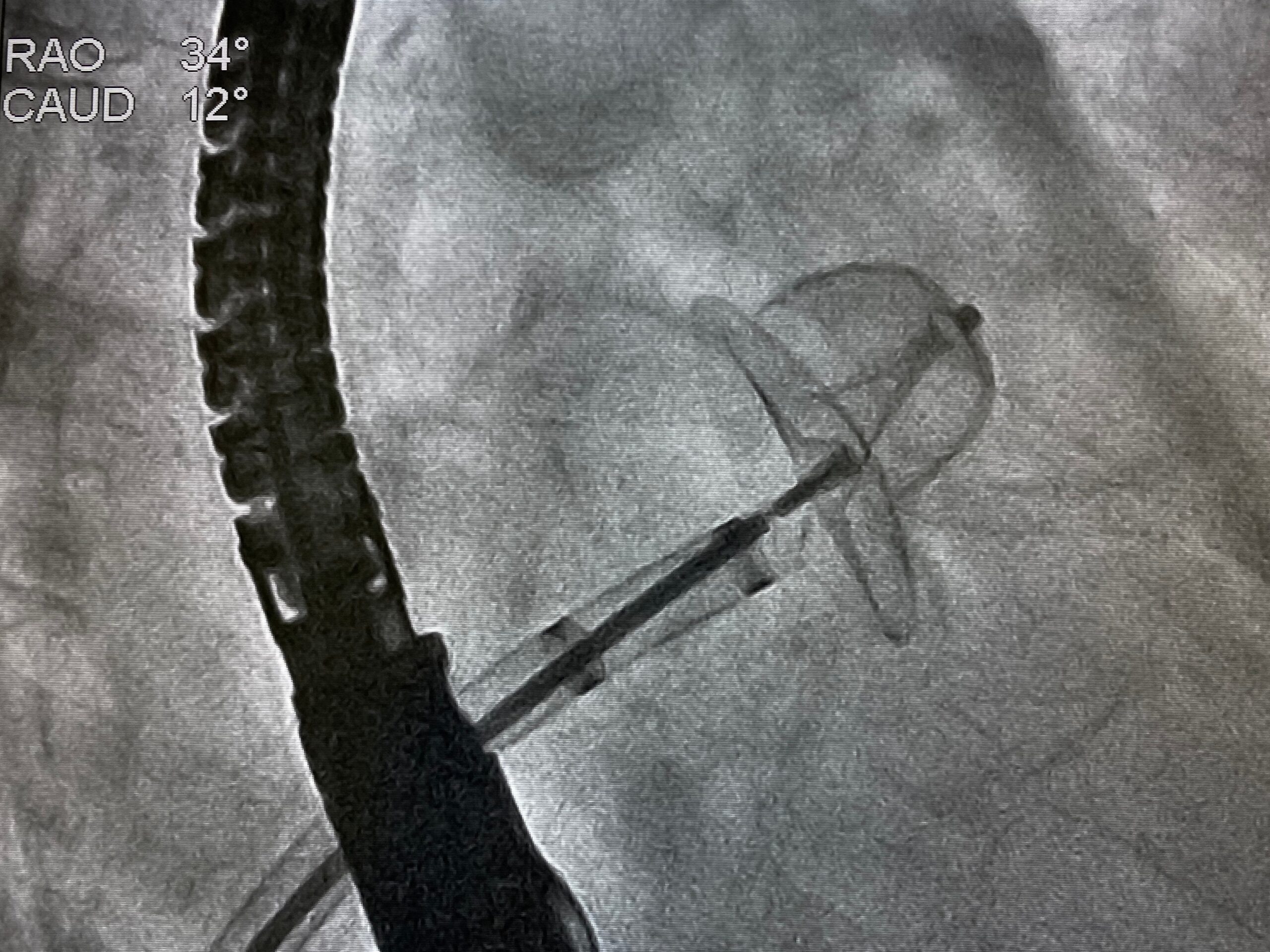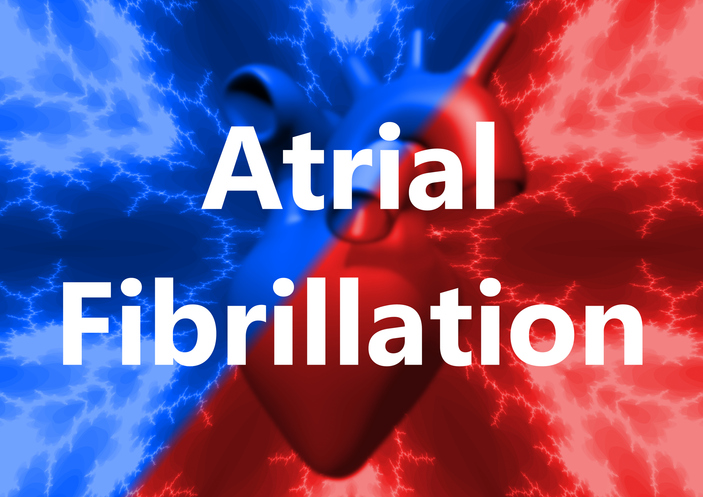
In a recent study, published in the International Journal of Cardiology, researchers evaluated if left atrial (LA) strain could be used as a prognostic variable in predicting incident atrial fibrillation (AF) in patients with ST-segment elevation myocardial infarction (STEMI) who received a primary percutaneous coronary intervention (pPCI). Reportedly, LA reservoir strain, assessed by two-dimensional speckle tracking echocardiography, was “an independent predictor of incident AF following STEMI.”
The prospective trial, led by Anne-Sophie Winther Svartstein, included 392 patients with STEMI treated with pPCI who underwent an echocardiography in a median of two days after experiencing STEMI. Authors stated that “along with conventional measures, LA strain was obtained by speckle tracking from two apical projections.” The primary outcome was new-onset atrial fibrillation.
A total of 303 participants had measurable LA reservoir, contractile, and conduit strain by echocardiogram. With a median follow-up duration of 5.6 years (interquartile range [IQR]: 5.0–6.1 years), incident AF was reported in 18 patients (6.3%). Notably, “significantly lower LA strain values were observed in patients who experienced AF during follow-up as compared to patients who didn’t,” the authors relayed.
Initial analysis showed that reservoir, contractile and conduit strain were significant predictive variables, however, “in the multivariable model, only LA reservoir strain remained a significant independent predictor of AF.” In their closing remarks, the authors suggested that “this measure can add prognostic information and assist in risk stratification for AF.”







 © 2025 Mashup Media, LLC, a Formedics Property. All Rights Reserved.
© 2025 Mashup Media, LLC, a Formedics Property. All Rights Reserved.